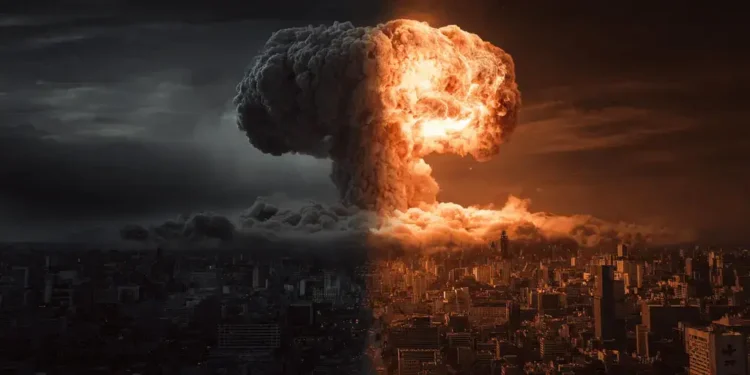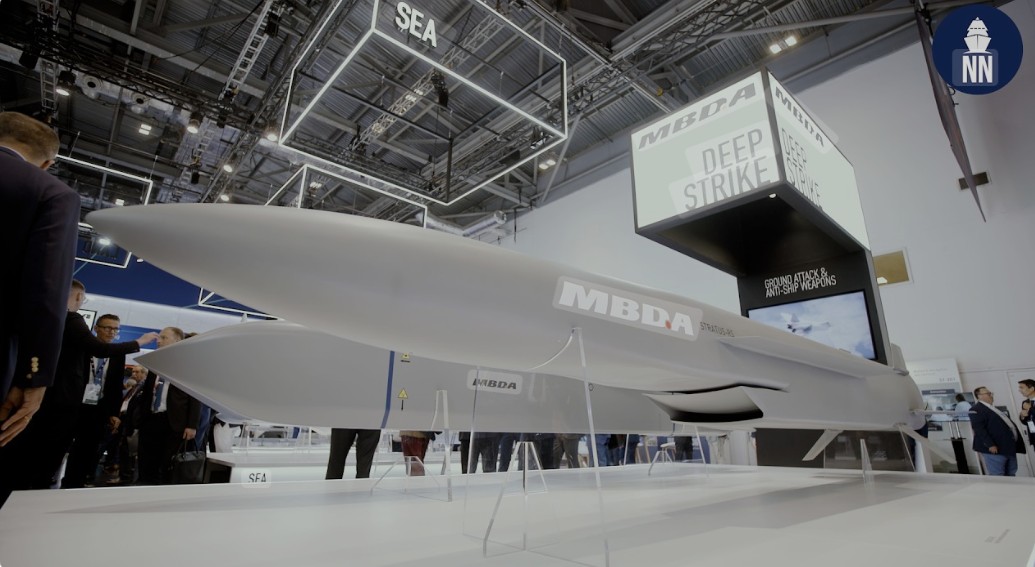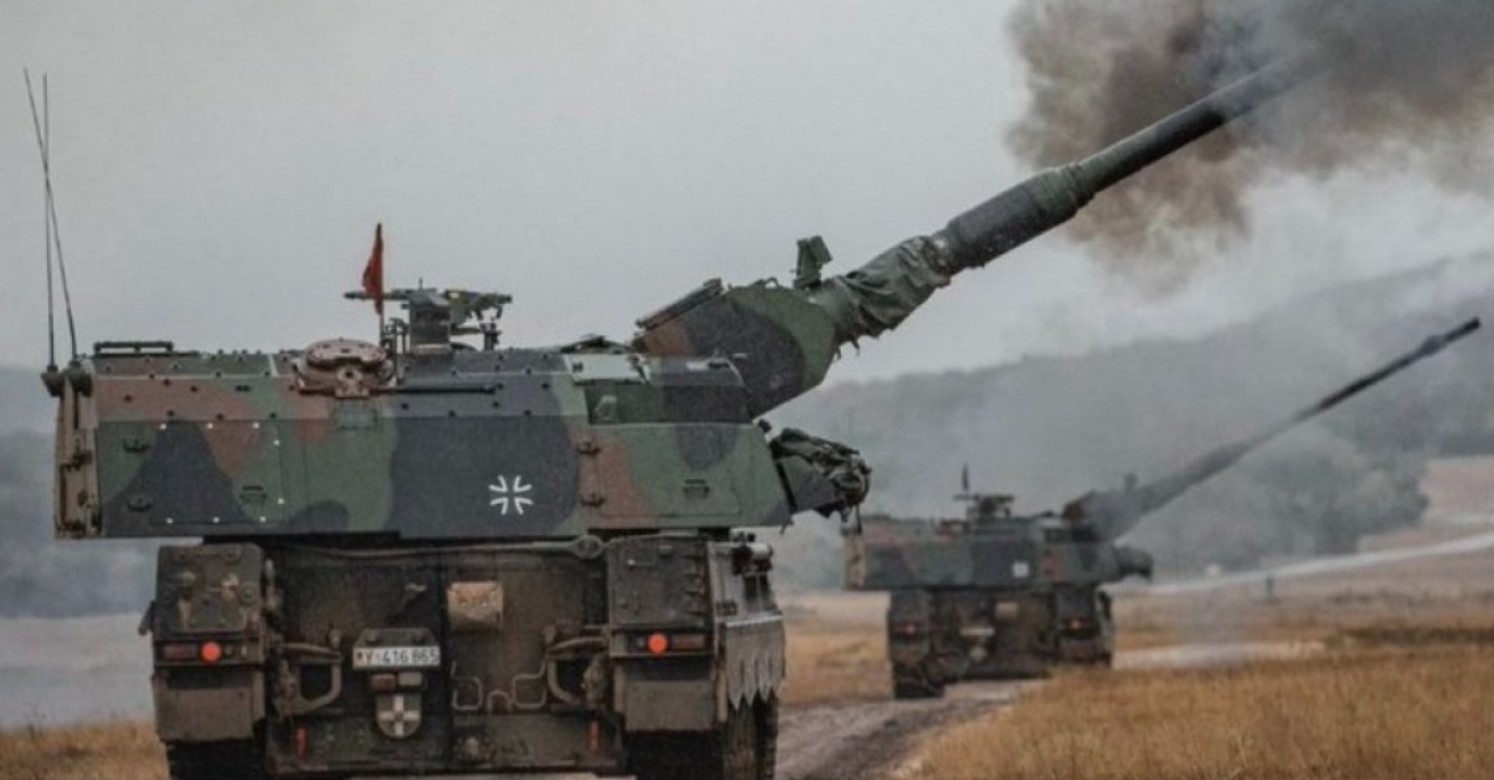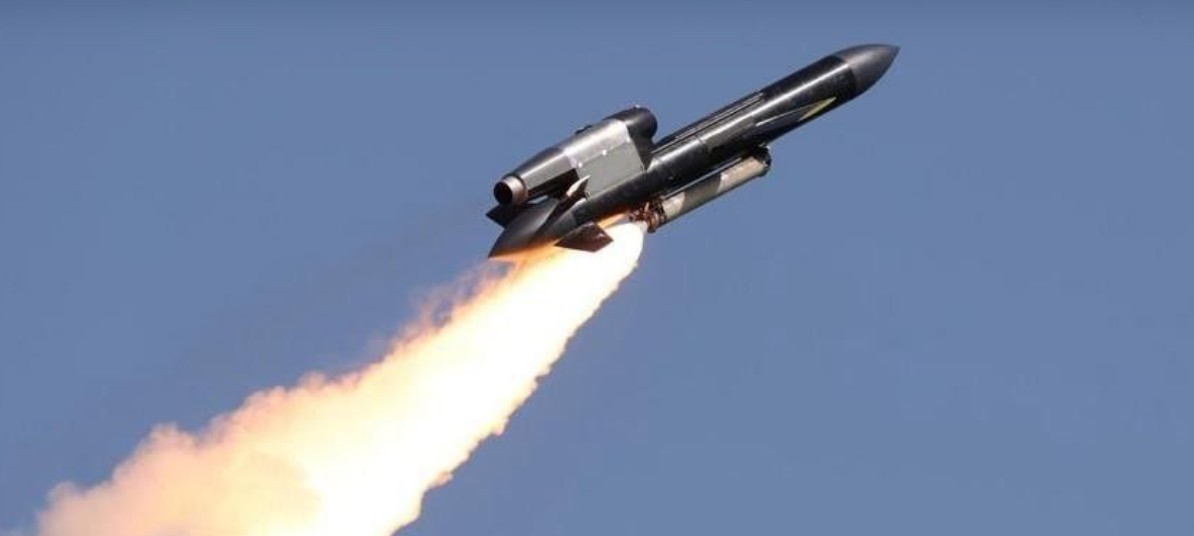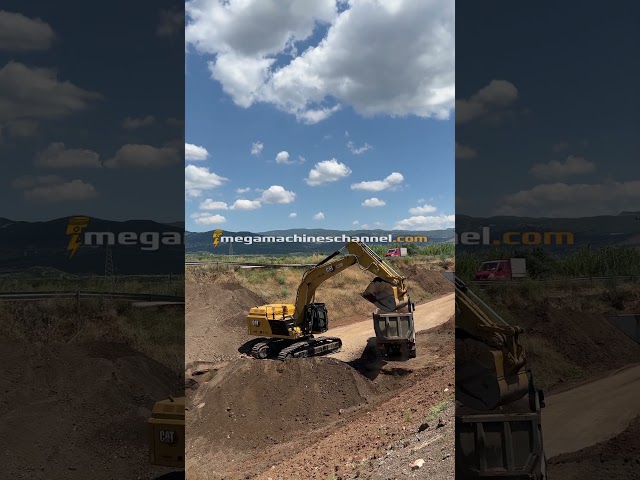Understanding the Terms: Atomic and Nuclear
The terms “atomic bomb” and “nuclear bomb” are often used interchangeably in discussions about weapons of mass destruction. Though they both involve the release of energy through nuclear reactions, there are nuances that distinguish them from one another. Grasping these differences is vital for anyone keen to understand the history and science behind these powerful devices.
The Atomic Bomb: A Closer Look
The atomic bomb operates on the principle of nuclear fission where the nucleus of an atom is split into two or more smaller nuclei, along with a few neutrons and energy. This splitting process releases an enormous amount of energy. The bombs dropped on Hiroshima and Nagasaki during World War II, often referred to as “atomic bombs,” were of this nature, employing highly enriched uranium-235 or plutonium-239 as their fissionable material.
Mechanism of Atomic Explosion
In an atomic bomb, a conventional explosive is used to compress the nuclear material to a supercritical state, initiating a fission chain reaction. The design typically includes a tamper, which reflects neutrons back into the fissionable material to enhance the chain reaction.
- Critical Mass: The minimum amount of fissile material needed to maintain a nuclear chain reaction.
- Neutron Initiator: A device that provides the initial burst of neutrons to start the fission chain reaction.
- Tamper: A dense shell around the fissile material that reflects neutrons back into the core, increasing efficiency.
Nuclear Bomb: The Umbrella Term
A nuclear bomb, on the other hand, is a broader term that includes both fission bombs (atomic bombs) and the more potent thermonuclear bombs, also known as hydrogen bombs. These bombs employ nuclear fusion in addition to fission to release energy.
Thermonuclear Explosion: The Leap Forward
In a thermonuclear bomb, a two-stage process is employed. The primary stage is a basic atomic bomb that acts as a trigger. The immense heat and pressure from this explosion initiate fusion in a secondary stage, where isotopes of hydrogen such as deuterium and tritium are combined to form helium, releasing energy.
Comparative Analysis Table
| Feature | Atomic Bomb | Nuclear (Thermonuclear) Bomb |
|---|---|---|
| Mechanism | Fission | Fission & Fusion |
| Fuel | Uranium-235 or Plutonium-239 | Hydrogen isotopes (Deuterium, Tritium) |
| Energy Release | Relatively Less | Exponentially More |
| Destructive Capability | Hundreds of Kilotons | Megatons |
Applications and Implications
The decision to develop or deploy such weapons involves considerations that span political, ethical, and strategic domains. While the fission-based atomic bombs played a pivotal role in concluding World War II, thermonuclear weapons have defined the arms race and deterrence strategies during and after the Cold War.
Today, the knowledge about these weapons fuels both the disarmament movements and the military strategies of many nations. The implications of deploying even one such weapon are catastrophic, prompting continuous dialogue and treaties aimed at controlling and reducing the nuclear arsenals globally.
The Moral Dimension
The sheer destructive power of these weapons has long posed a moral conundrum. The bombings of Hiroshima and Nagasaki showed the world the bleak potential of atomic energy when used for warfare. The devastation triggered movements advocating for peace and the abolition of nuclear weapons.
Treaties and Disarmament Initiatives
- The Treaty on the Non-Proliferation of Nuclear Weapons (NPT)
- Strategic Arms Reduction Treaty (START)
- Comprehensive Nuclear-Test-Ban Treaty (CTBT)
- New START Treaty
The debate between atomic bomb vs nuclear bomb often boils down to the understanding of fission and fusion processes and their distinct historical contexts. While they both exist under the nuclear umbrella with their devastating impacts, the pursuit of knowledge and peace remains crucial. Knowledge about these weapons should not just be kept as a stark reminder of devastation, but as a beacon steering humanity towards harmony and empowerment.
